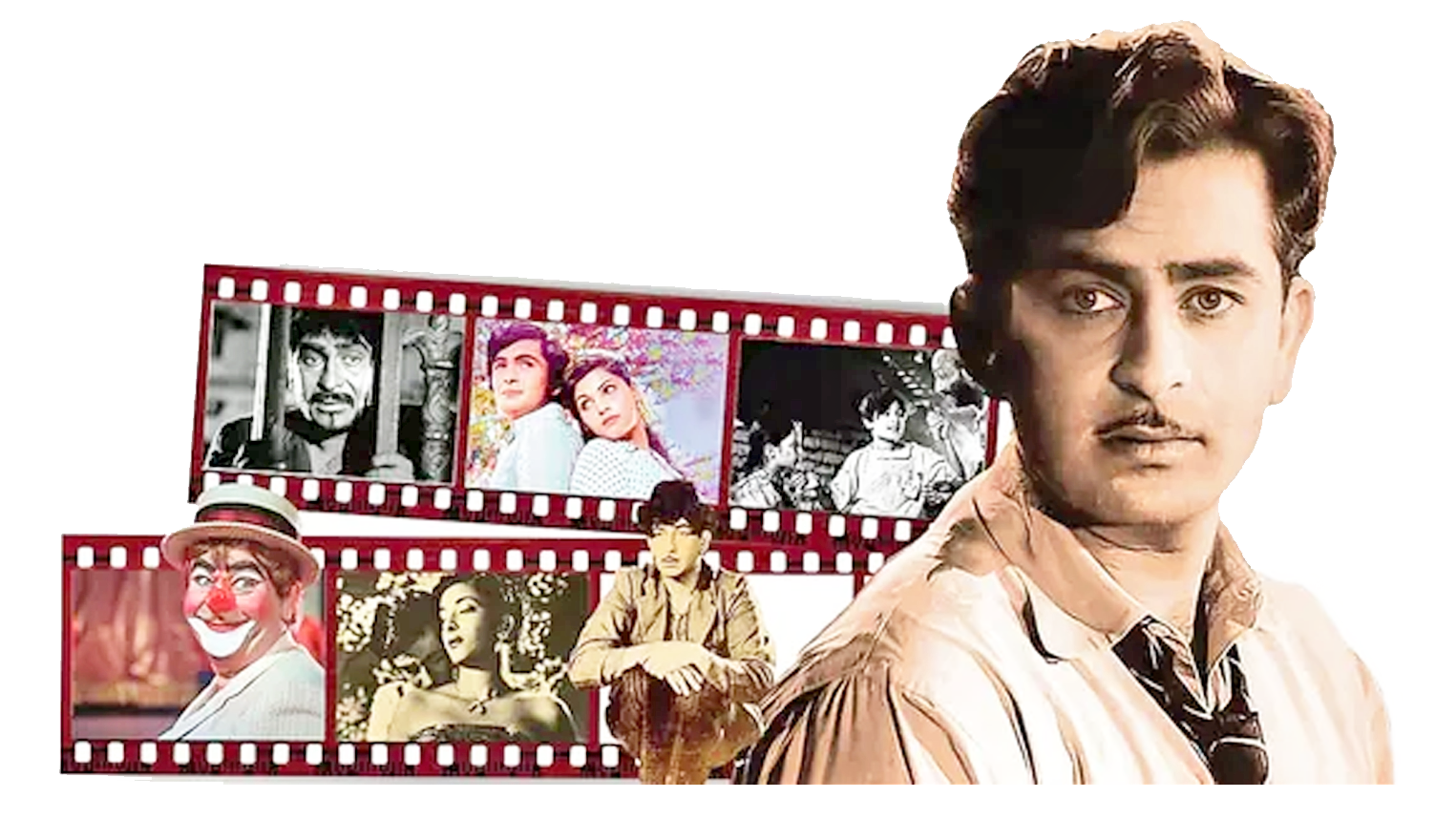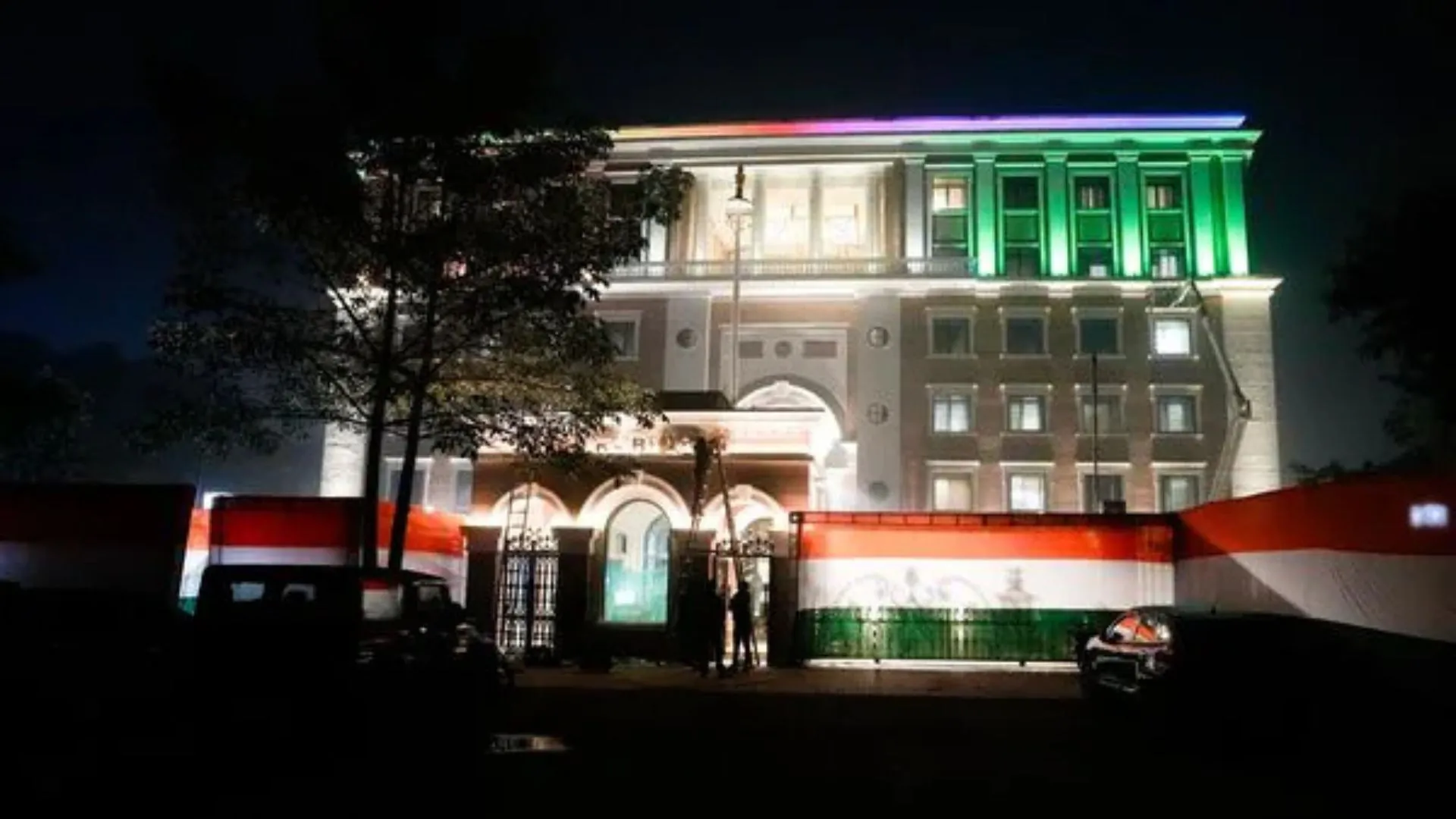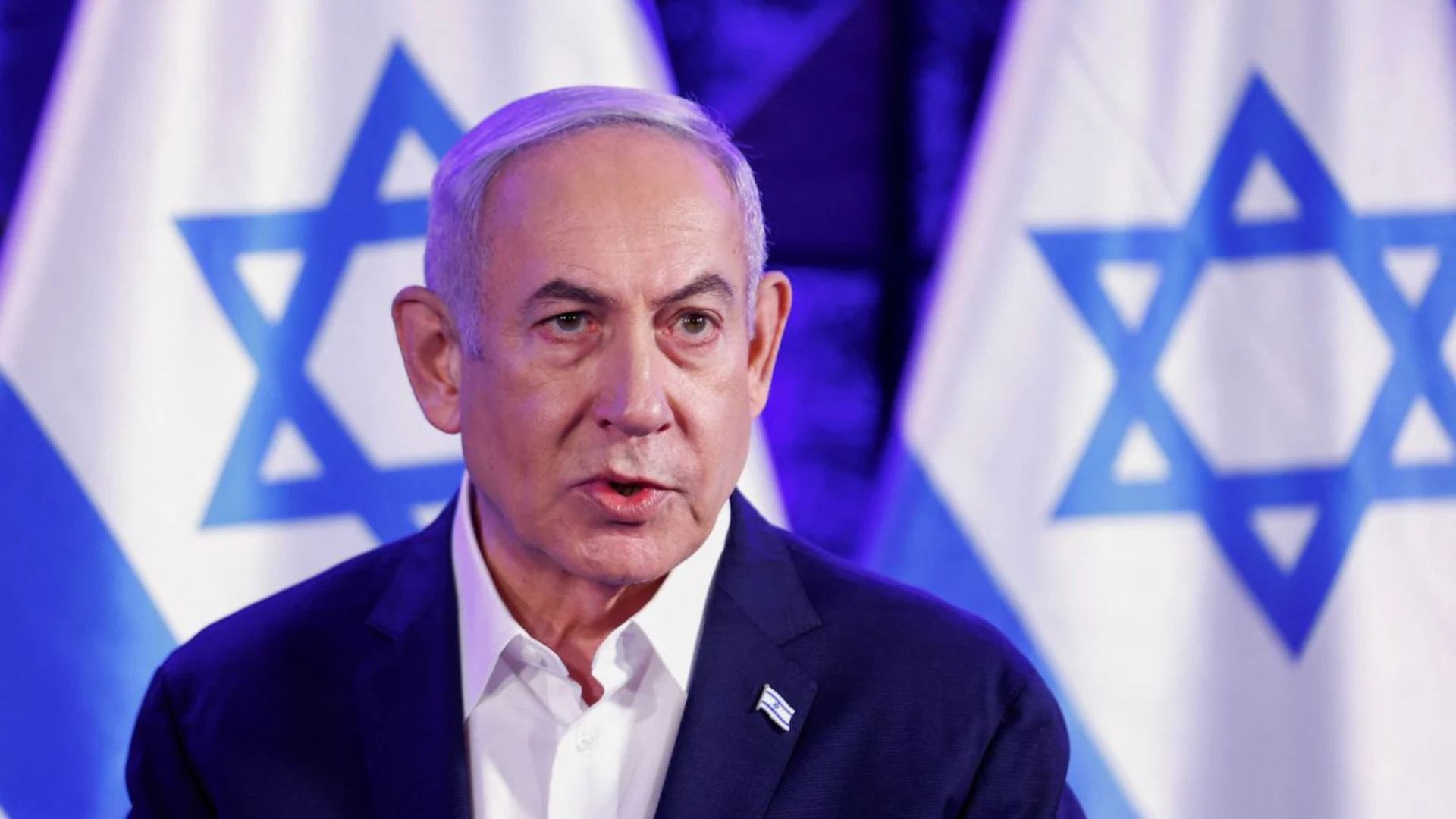As India establishes itself as a significant global player, the prominence of its cultural influence—what Harvard political scientist Joseph Nye termed “soft power”—has reached unparalleled heights. Introduced in Nye’s seminal 1990 article in Foreign Policy, soft power encapsulates a nation’s capacity to attract and inspire through its culture, values, and foreign policies rather than coercion. India, with its diverse cultural heritage, including Sanatan Sanskriti (Yoga and Ayurveda) and its dynamic creative industries, has emerged as a paragon of soft power. Among its early and most influential exponents was the legendary filmmaker and actor Raj Kapoor, whose works transcended borders and ideologies long before cultural diplomacy became a recognized tool in international relations.
As we commemorate the 100th birth anniversary of Raj Kapoor, it is essential to examine his extraordinary contributions to India’s global cultural standing. Kapoor’s cinema was not merely an artistic endeavor but a vehicle for fostering cross-cultural understanding, projecting India’s values, and establishing emotional connections worldwide. His legacy underscores the role of art in shaping perceptions and uniting diverse audiences under shared human experiences.
The Indian film industry, often synonymous with Bollywood, has historically served as one of the nation’s most effective tools of soft power. With its universal themes of love, resilience, and familial bonds interwoven with rich cultural elements, Bollywood has garnered widespread global admiration. Through its narratives, Indian cinema offers a window into the country’s traditions, values, and aspirations, crafting a positive and relatable image of India.
Raj Kapoor’s contributions epitomized Bollywood’s potential as a cultural ambassador. Films like Awara (1951) and Shree 420 (1955) were not only critical successes but also resonated deeply with audiences across continents. These cinematic landmarks combined emotional depth, social commentary, and a sense of idealism, making their themes universally relatable while remaining distinctly Indian. Kapoor’s talent for portraying the struggles, dreams, and humanity of the common man elevated him to a global icon of cultural diplomacy.
Kapoor’s cinematic narratives were not confined to entertainment. His films often tackled pressing social issues, offering audiences a reflection of societal realities. For instance, Awara explored themes of justice, poverty, and morality through the lens of its protagonist’s trials. Similarly, Shree 420 delved into urbanization’s challenges and corruption while celebrating India’s enduring resilience. These works offered narratives of defiance and hope, solidifying Kapoor’s status as a visionary artist and an instrument of India’s soft power.
Among the many regions where Kapoor’s influence was deeply felt, the Soviet Union remains unparalleled. During the 1950s and 60s, a period marked by strong Indo-Soviet relations, Kapoor’s films achieved unprecedented popularity in the USSR. Awara became emblematic of the emotional bond between the two nations, with its title song, Awara Hoon, transcending linguistic barriers to become an anthem of hope and solidarity. Kapoor’s visit to Moscow is now part of cinematic folklore. Despite arriving without a visa, he was welcomed with open arms, bypassing bureaucratic protocols—a testament to his cultural significance. The adoration reached a crescendo when fans lifted his taxi onto their shoulders, a gesture of reverence that symbolized the profound affection Russians held for him. Such moments highlight not just Kapoor’s stardom but the role his films played in nurturing cultural ties during the Hindi Rusi Bhai-Bhai era.
The reasons behind Kapoor’s extraordinary popularity in the USSR are multifaceted. His films’ portrayal of the struggles of the underprivileged aligned closely with the socialist ideals prevalent in the Soviet Union. His collaboration with left-leaning scriptwriters such as Khwaja Ahmed Abbas and other members of the Indian People’s Theatre Association (IPTA) imbued his works with themes of equality and justice. These ideological undertones resonated deeply with Soviet audiences, further cementing Kapoor’s appeal.
The song Mera Joota Hai Japani from Shree 420 exemplified Kapoor’s ability to create cultural bridges. Referencing a “Russian red hat,” the song subtly reinforced the camaraderie between India and the USSR, symbolizing the shared values and goodwill of the era. Beyond its political symbolism, the song’s enduring popularity reflects the universal connection Kapoor fostered, leaving a lasting legacy in Soviet cultural memory.
While Kapoor’s influence in the Soviet Union is legendary, his impact extended far beyond, reaching audiences in Southeast Asia, the Middle East, Africa, and China. His films, marked by their universal themes and vibrant cultural motifs, broke down barriers and fostered mutual appreciation between India and diverse global communities.
In newly independent African nations grappling with post-colonial identities, Kapoor’s narratives of perseverance and hope struck a powerful chord. His portrayal of human struggles resonated with aspirations for self-determination and dignity. In the Middle East, Kapoor’s exploration of familial bonds and ethical dilemmas mirrored the region’s traditional values, making Indian cinema a cherished cultural export. Meanwhile, in China, Kapoor’s artistic storytelling and emotional depth were celebrated, further cementing India’s cultural footprint.
Kapoor’s trailblazing legacy laid the foundation for future generations of Indian filmmakers and actors to use cinema as a vehicle for cultural diplomacy. Visionaries like Satyajit Ray introduced Indian realism to global audiences, while modern icons like Shah Rukh Khan carried forward the legacy of universal appeal. Today, Bollywood’s extensive reach owes much to the path Kapoor pioneered, establishing cinema as a potent ambassador of India’s cultural and moral ethos.
Soft Power in the Contemporary Context
Prime Minister Narendra Modi, during his remarks on Kapoor’s centenary, aptly noted that Kapoor had exemplified India’s soft power before the term was even conceptualized. His films were not merely artistic triumphs; they were tools of public diplomacy that showcased India’s cultural richness and values. Kapoor’s unparalleled ability to connect with audiences across political and cultural divides embodied the essence of soft power.
Today, India’s cultural influence extends beyond cinema to include the global embrace of Yoga and Ayurveda, the contributions of its diaspora, and its democratic ethos. Yet, Bollywood remains a cornerstone of India’s soft power arsenal. By addressing global challenges such as climate change, gender equality, and social justice in contemporary narratives, Indian cinema engages global audiences in meaningful dialogue, further amplifying India’s soft power.
Raj Kapoor’s centenary is an opportunity not only to celebrate a cinematic legend but to reflect on his enduring impact on India’s global identity. His films bridged cultural divides, forged emotional connections, and projected India’s values with authenticity and pride. Kapoor’s work underscores the transformative power of art in international relations, serving as a blueprint for leveraging culture as a diplomatic tool.
As India continues its rise on the global stage, Kapoor’s legacy offers valuable lessons. By investing in cultural diplomacy, supporting its creative industries, and fostering international cultural exchanges, India can further enhance its influence. Kapoor’s pioneering role exemplifies how a nation’s cultural heritage and artistic achievements can shape its global narrative and foster goodwill.
A Tribute to a Visionary
Raj Kapoor’s journey was one of creativity, innovation, and passion. From Bombay’s studios to global acclaim, his work illuminated the potential of cinema to unite and inspire. As we honor his memory, let us embrace the ideals his films championed: empathy, resilience, and unity. Kapoor’s story transcends that of a filmmaker; he was a cultural ambassador who showcased the heart and soul of Bharat to the world.
Celebrating Raj Kapoor is a celebration of art’s power to transcend boundaries, the richness of India’s cultural legacy, and the enduring significance of soft power in uniting humanity. His centenary serves as a poignant reminder that cultural diplomacy is not confined to history but remains a living force that continues to shape our collective future. Kapoor’s legacy endures as a guiding light for India’s global aspirations and cultural prominence.
* Siddhartha Dave is an alumnus of the United Nations University in Tokyo and a former Lok Sabha Research Fellow. He writes on foreign affairs and national security.























